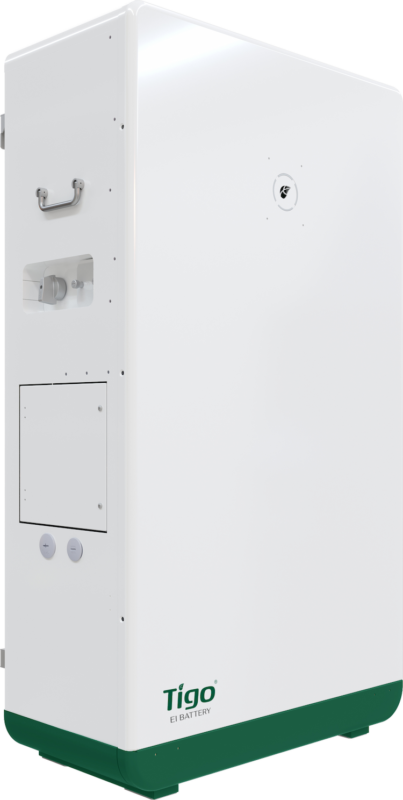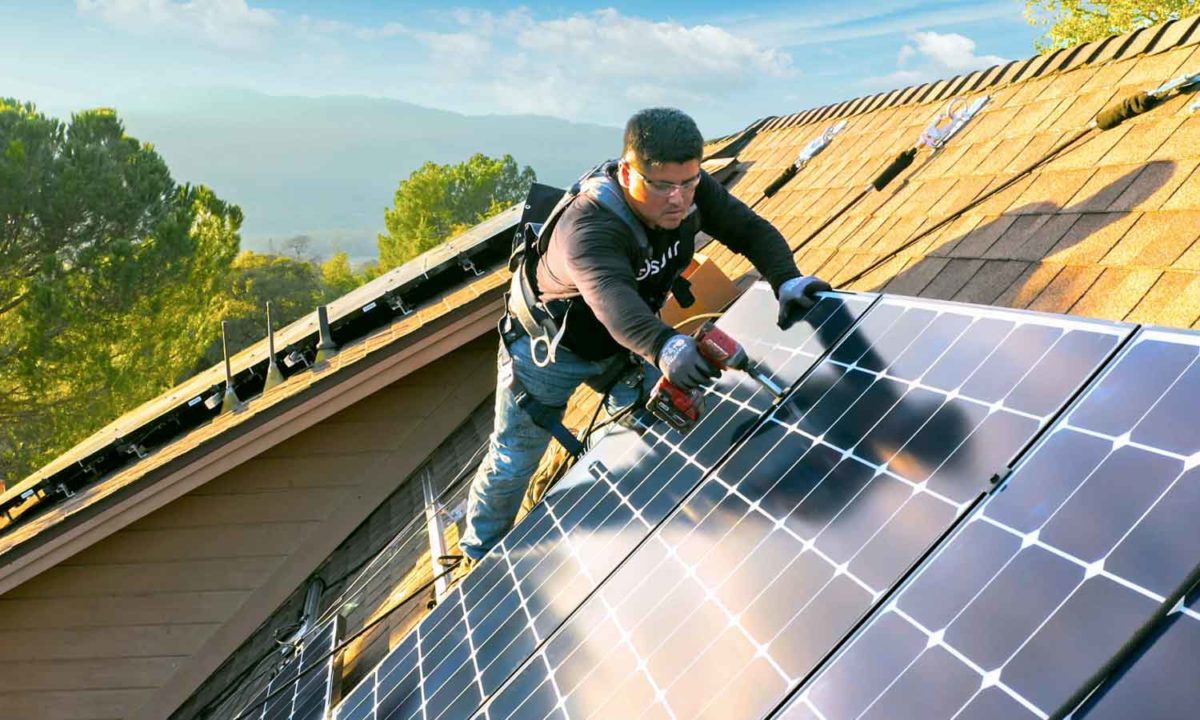For the residential solar industry to continue to grow, the level of innovation and solution diversity must also grow. This is particularly true when it comes to inverter technology, in which the still limited number of competitors have taken advancement and innovation to a snail’s pace, if not a standstill.

With more options to choose from, installers and their customers will enjoy the freedom to assemble solutions that are just right in terms of performance and cost. The solar (and storage) industry will have the opportunity to expand beyond 10% market penetration.
New and innovative competition will benefit not only consumers, but the installers who will reclaim their role as energy consultants. After all, before all-in-one systems and “walled gardens,” pioneering solar installers did significant engineering work to assemble systems of disparate components.
What is different today? High levels of compatibility, interoperability, and industry standards will make just-right solar systems the obvious answer for consumers and businesses who may have been on the fence. The availability of more options for solar installers will drive growth in the solar market.
The residential solar revolution
A recent analysis found that the solar market will grow by $5.99 billion by 2025. Solar-friendly nations will reap the sustainability benefits of solar, boosted by a range of improvements from cost-efficiency, keeping up with clean-energy goals, and improved solar technology.
For instance, Australia’s solar rooftop initiatives are advancing ten times faster than the global average. In addition, the Australian government’s ability to create policies that serve solar companies and consumers has bolstered the adoption of residential solar. Australia can serve as a valuable example of how the U.S. market can adapt as it matures and transitions from solar as ‘exception’ to ‘rule’ in energy infrastructure.
Innovation and competition are not simply the key to the global energy transition with solar; they are fundamental requirements to scale the industry quickly. To wit, solar industry suppliers must scale rapidly to keep up with the massive waves of government incentives and investments in the same.
Consumers first
Rapid growth requires competition. The eagerness to be the best drives product improvements, service quality, and innovation around the efficiency with which products can be installed and serviced, all of which improve installer and consumer experiences. However, parts of the solar industry seem to have fallen behind in options available on the market. The inverter and storage segments, in particular, have strong demand but limited options that leave customers with few options.

One visible example is Tesla, which, despite its high profile, did not have sufficient momentum to take home energy storage mainstream. As both the first-to-market and a premium product, the car-maker’s home storage products have been unable to come down the cost curve quickly enough to gain consideration from most consumers.
Homeowners in the high-end market engaged Tesla with enthusiasm, but a large gap in viability for most homeowners in the market remains. In turn, suppliers like Generac (a fossil fuel generator company) and Enphase (a solar energy electronics company) have been able to tap into the lower price bands by offering differentiated features and more modular storage building blocks. Their competing offerings in the energy storage and backup market fueled their move into the US market.
The solar-plus-storage industry must continue to add competitive options to break the past single-digit attach rates and add value to more consumers. The U.S. home energy market can cater to the needs of many more customers when its participants have a wider spectrum of products from which to choose.
This applies to the entire stack of offerings, including home energy management systems, supply chain diversification, price and capacity options. This is also true for the base of installation companies, for which more options mean more opportunities to reduce soft costs, including customer acquisition, installation labor, and the inspection process.
U.S. solar soft costs continue to be much higher than those of other developed solar markets, and they represent an opportunity for competitive differentiation. More installer options with installers who have more choices will provide consumers more targeted features, lower costs, and generally reduce barriers that keep consumers from going solar.
Supply chains and politics
The effects of global supply chain disruptions, both organic and crisis-induced, are a persistent reality. More competition means more suppliers who, collectively, create resilience in the form of a larger number of diverse supply chains. With increased demand, manufacturers will seek out more partners and places from which to source materials.
One or two single points of failure (read: one or two suppliers of any given component) will create the risk of stunting the growth of clean energy deployment, which S&P Global Market Intelligence expects to be strong. To wit, solar installers, who create the majority of clean energy jobs in the U.S., do not make money while waiting for components to ship. Competition, therefore, is vital to keeping well-paying solar salaries flowing.

Image: Max Pixel
Policy-driven opportunities, such as net metering, renewable energy credits, tax incentives, and resilience programs continue to make advances. To take advantage of these opportunities, installers must have the right mix of products and services to deploy solar and storage technologies quickly and service them efficiently. Here, again, supplier competition is instrumental, if not critical.
At the federal level, sweeping climate and decarbonization plans and legislation that aims to promote renewable and distributed energy are gearing up to flood the market with financial incentives.
The programs not only aim to eliminate fossil fuels and deploy renewables, but they will also be a forcing function for a drastic increase in energy-related jobs. More consumer demand and more installers will create tremendous opportunities for new products and services. An entirely new slate of solar and storage product providers will (and must) emerge to take advantage of the impending surge in demand.
The energy of competition
The solar community should not fear competition because its collective success depends on it. Serving the full spectrum of homeowners, instead of just the less price-sensitive segments, will require a broad spectrum of products, services, and installers. More freedom and flexibility allows installers to assemble systems with high fidelity and precision, regardless if they are designed for value, performance, longevity, or the latest features.
Greater competition, more innovation, varied supply chains, and more price bands will power the residential solar industry.
JD Dillon’s experience spans the U.S. Armed Forces, semiconductors, solid-state drives, solar inverters and batteries. His functional leadership has impacted pricing, new product introduction, customer experience, and communications at all levels. Most recently, he spent more than three years as the VP of marketing and pricing at Enphase Energy, a leading supplier of solar microinverters to the PV industry. He is currently chief marketing officer at Tigo Energy.
The views and opinions expressed in this article are the author’s own, and do not necessarily reflect those held by pv magazine.
This content is protected by copyright and may not be reused. If you want to cooperate with us and would like to reuse some of our content, please contact: editors@pv-magazine.com.








By submitting this form you agree to pv magazine using your data for the purposes of publishing your comment.
Your personal data will only be disclosed or otherwise transmitted to third parties for the purposes of spam filtering or if this is necessary for technical maintenance of the website. Any other transfer to third parties will not take place unless this is justified on the basis of applicable data protection regulations or if pv magazine is legally obliged to do so.
You may revoke this consent at any time with effect for the future, in which case your personal data will be deleted immediately. Otherwise, your data will be deleted if pv magazine has processed your request or the purpose of data storage is fulfilled.
Further information on data privacy can be found in our Data Protection Policy.